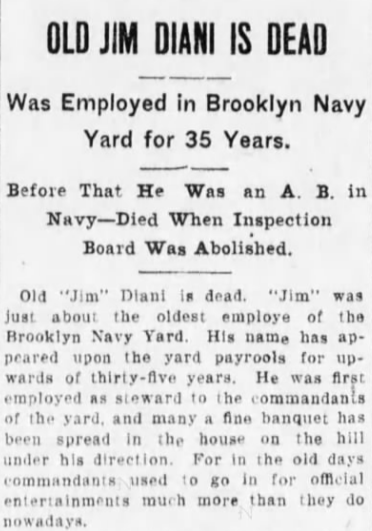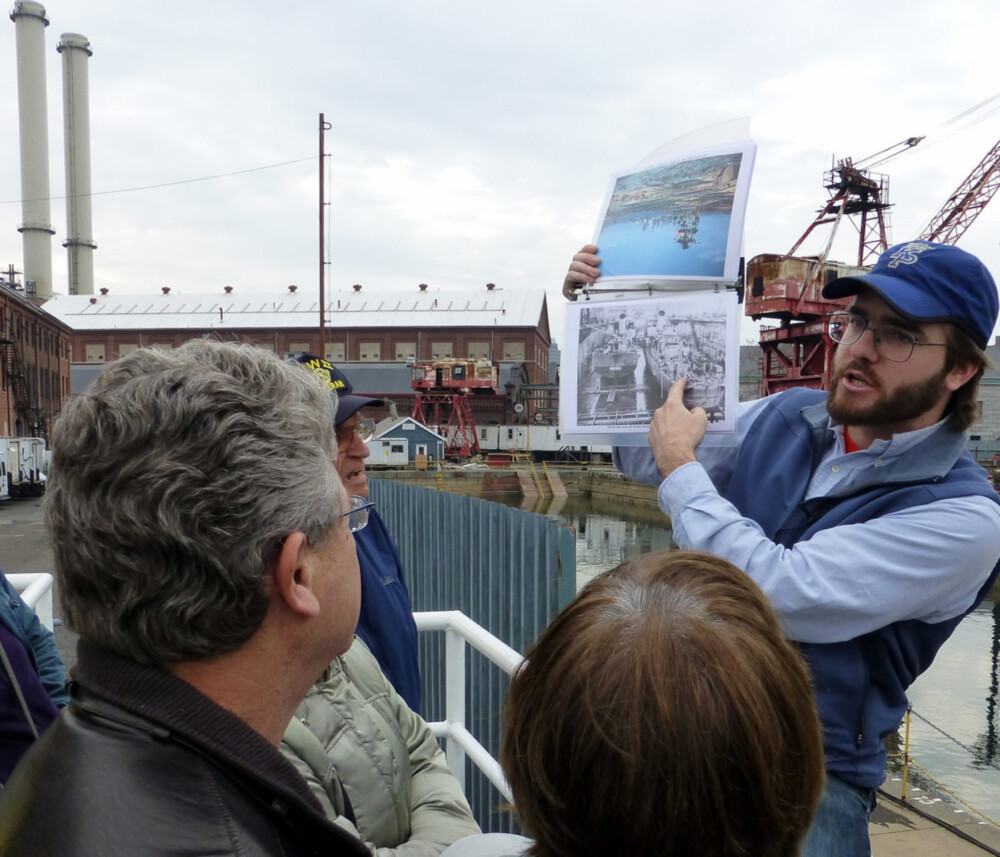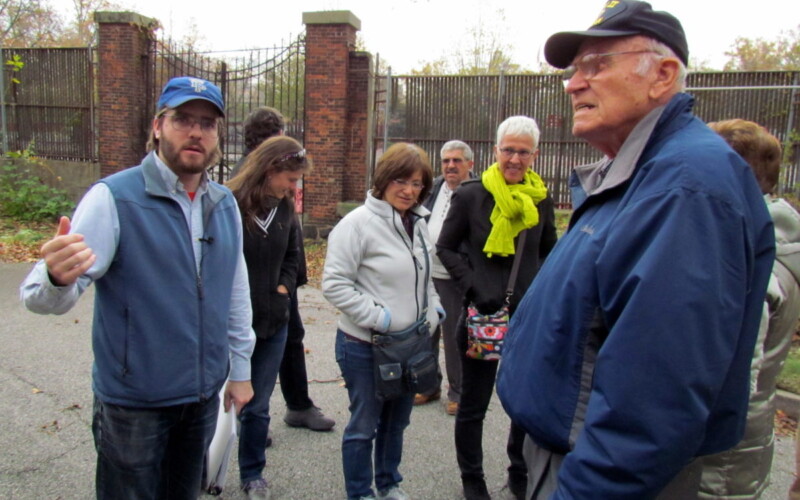James Diani (c.1833–1908)
So far in this series, we have profiled commodores, admirals, and captains of industry. But the real history of the Brooklyn Navy Yard is the massive collective labor of thousands of individuals coming together to accomplish extraordinary things. The Navy Yard provided opportunities for newcomers to this country to get decent-paying jobs and apprenticeships (if you could successfully navigate the patronage system) to better their lives. One such person, who spent more than 50 years in the service of this country, was someone we know very little about.
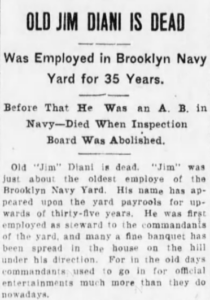
James Diani was born around 1833 – the exact year is unknown – in the British possession of Gibraltar. Of Portuguese heritage, he listed on his naturalization form that he was a subject of the “Kingdom of Spain.” According to his obituary in the Brooklyn Daily Eagle, Diani “was a scion of a long line of seafaring ancestors.” He appears to have arrived in the United States when he was in his early twenties, joining the US Navy in 1854. In 1856, he re-enlisted in Boston for a three-year term – with the rank of “landsman,” which usually means that he had less than one year of experience at sea, though he did serve aboard the Merrimack, Princeton, and North Carolina. He would continually re-enlist, serving through the Civil War, until he was forcibly retired for medical reasons around 1873 (though we’ve yet to find documents supporting that).
We do not know when Diani first had contact with the Brooklyn Navy Yard, but it appears that when we was forced out of the Navy, a civilian job was found for him at the Yard shortly thereafter, as chief steward to the Yard’s commandant. His main responsibility would have been managing all the housework at the regal Commandant’s House in Vinegar Hill, especially the banquets and other events hosted by the Yard’s commander. His first boss was likely Stephen Clegg Rowan, an immigrant from Ireland himself, and Diani would serve under 18 commandants during his tenure.
Eventually, “Old Jim,” as he was known, switched positions to become the messenger of the Navy Yard’s Board of Inspection. The board was an independent body set up to oversee all purchases made by the Navy Yard, in an effort to combat corruption and theft, and ensure the quality of items being purchased. As they Navy Yard grew, and its departments became increasingly specialized and professionalized, the board was seen as unnecessary red tape. Instead, individual department heads were tasked with purchase inspections, though the Eagle worried, “it is claimed by others that its passing will afford opportunities to many persons, civilians as well as officers in the navy, to play favorites with contractors.”
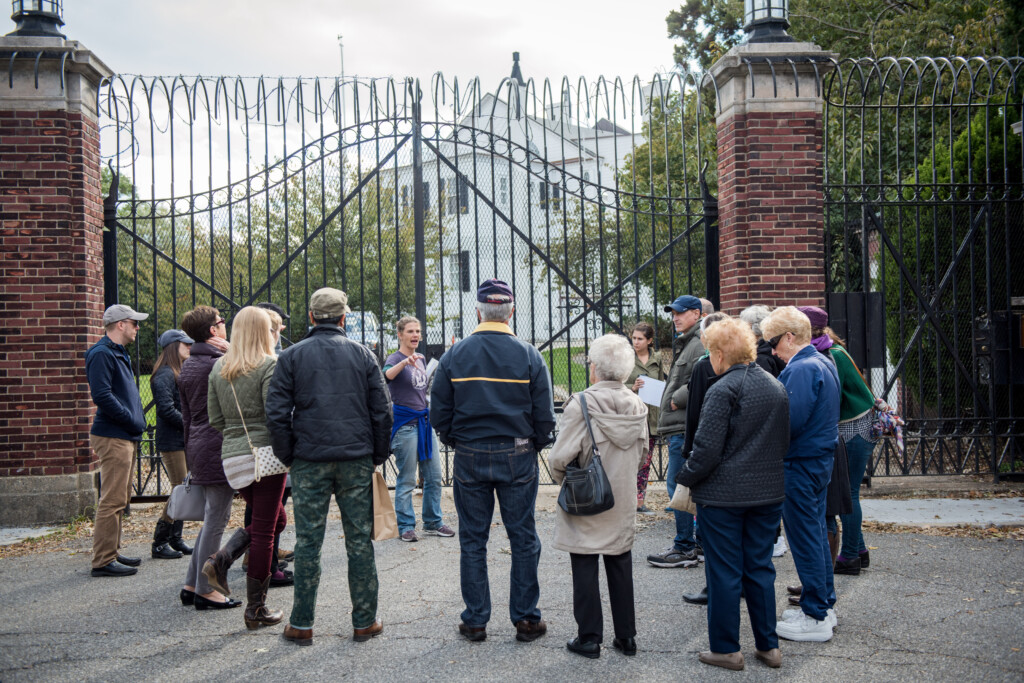
Like with his Navy career Jim, did not willfully retire, but he was downsized. The board was officially dissolved on September 2, 1908. Jim died that very same day, after being ill for three weeks, at his home on Lafayette Avenue. He is buried in Brooklyn’s Holy Cross Cemetery.

